15 Essential Watering Tips for a Beautiful Garden
Watering a garden properly can make a big difference in plant health and water use. Knowing how and when to water helps plants grow strong without wasting resources. Many gardeners find that small changes lead to better results and less effort. Understanding efficient watering techniques saves time and keeps the garden thriving. These tips offer practical advice for making the most of every drop.
This post may contain affiliate links, which helps keep this content free. Please read our disclosure for more info.
Water Early in the Morning

Watering in the early morning reduces water loss due to evaporation. Cooler temperatures allow the soil to absorb moisture effectively. It also helps plants prepare for the heat of the day. Morning watering supports stronger root development.
Avoid watering during midday when the sun is strongest. This timing prevents leaf burn and wasted water. Early watering encourages healthier plant growth. It is a simple step that improves water use.
Use Drip Irrigation

Drip irrigation delivers water directly to plant roots with minimal waste. This method reduces evaporation and runoff compared to sprinklers. It works well for garden beds, shrubs, and vegetable patches. Drip systems can be set on timers for convenience.
Using drip irrigation saves water and targets plants more accurately. It also limits wetting of leaves, which reduces disease risk. Installation may require an initial investment but pays off with water savings. Drip irrigation supports consistent soil moisture.
Mulch Around Plants
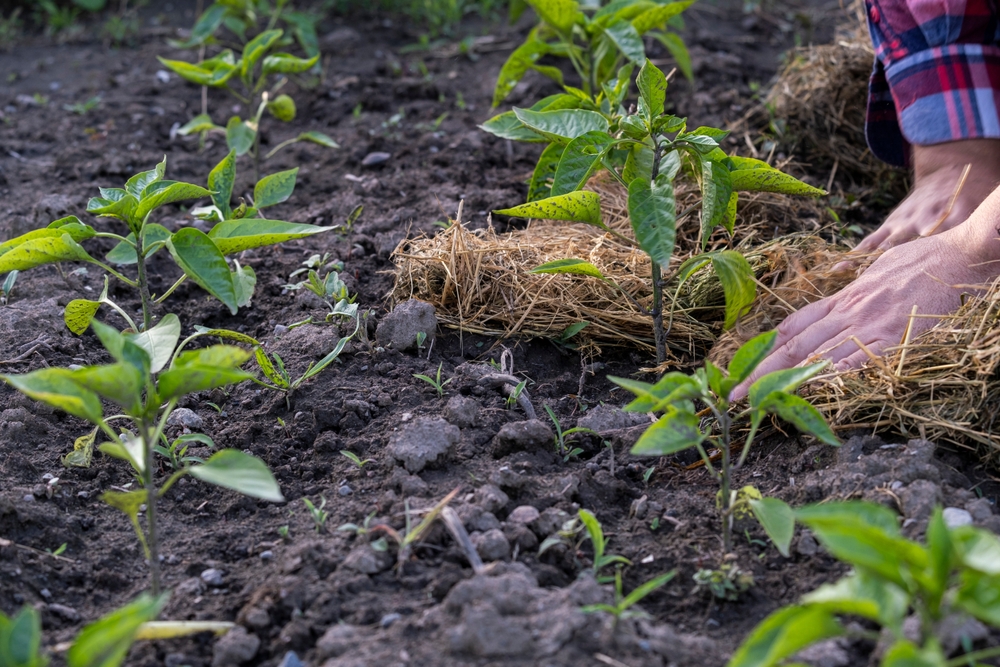
Applying mulch helps retain soil moisture and reduces the need for frequent watering. Mulch also controls weed growth, which competes for water. Organic mulches like wood chips or straw gradually improve soil quality. A layer of two to three inches works well.
Mulching protects roots from temperature extremes and erosion. It keeps soil cooler during hot days. Mulch slows evaporation, making watering more efficient. Regular replenishment maintains its benefits.
Check Soil Moisture Before Watering
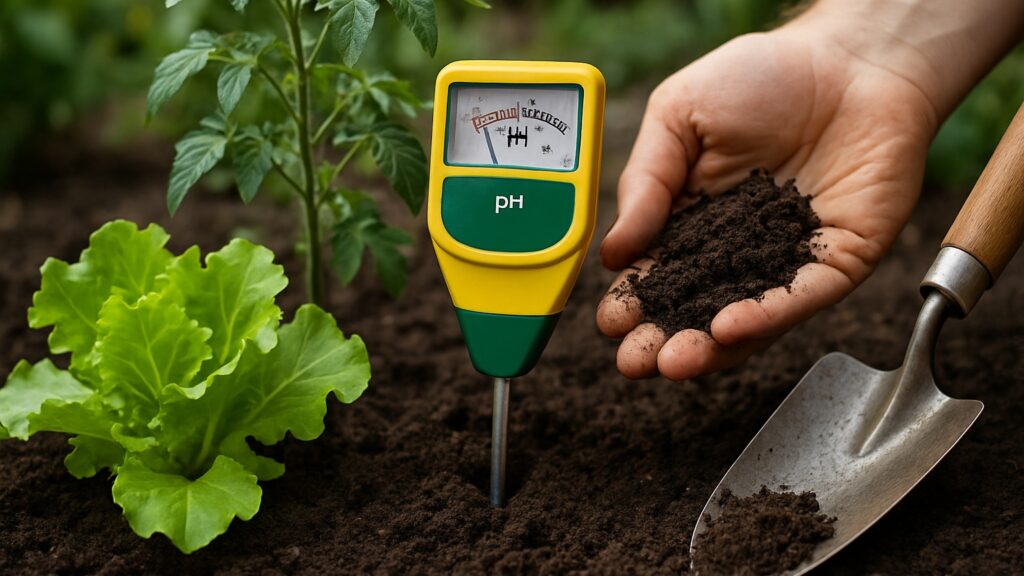
Testing the soil moisture helps avoid overwatering or underwatering. Simply stick a finger or a moisture meter into the soil to check dampness. If the soil feels moist a few inches down, watering may not be necessary. This practice conserves water and prevents root rot.
Knowing when to water saves resources and keeps plants healthy. Overwatering can harm roots and encourage pests. Underwatering stresses plants and reduces growth. Monitoring soil moisture improves watering accuracy.
Group Plants with Similar Water Needs

Organizing plants by water requirements makes irrigation more efficient. Grouping drought-tolerant plants separately from thirstier varieties prevents overwatering. It allows customized watering schedules for different zones. This method saves water and promotes plant health.
Grouping reduces waste by avoiding unnecessary watering of hardy plants. It helps maintain consistent moisture levels for sensitive plants. Planning plant placement supports better garden management. It is especially useful in larger gardens.
Avoid Watering Leaves

Focusing water on the soil and roots prevents moisture loss through leaves. Wet leaves can lead to fungal diseases and sun damage. Using a soaker hose or drip irrigation directs water precisely. Keeping foliage dry protects plant health.
Watering the roots encourages deeper growth and stronger plants. Avoid overhead sprinklers during intense sunlight to prevent burns. Targeted watering reduces evaporation. This technique increases water effectiveness.
Use Rainwater When Possible
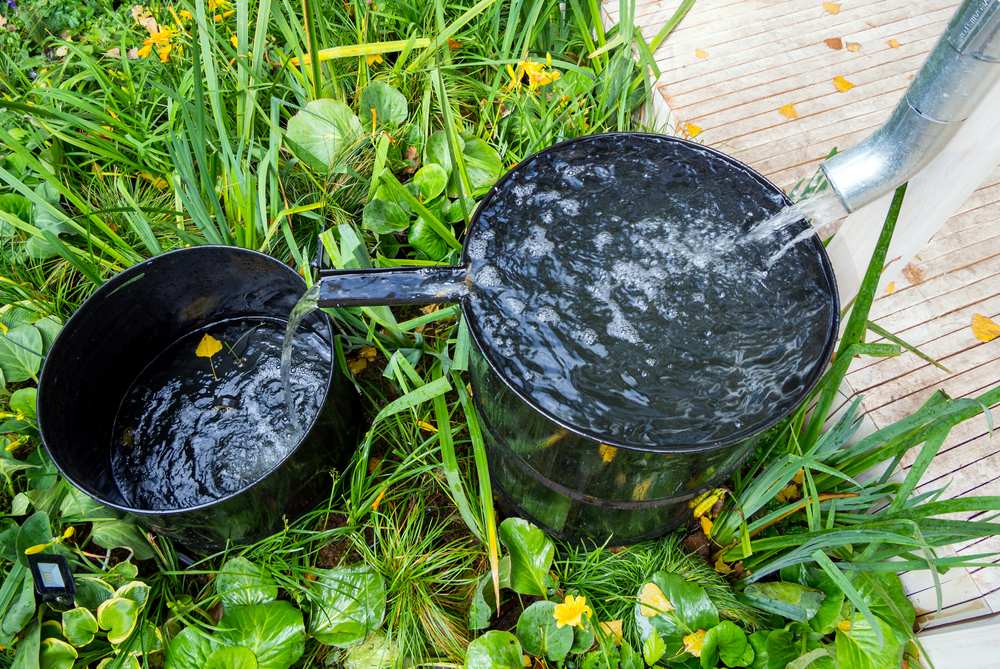
Collecting rainwater reduces reliance on tap water and lowers water bills. Rain barrels or cisterns capture runoff from roofs for garden use. Rainwater is free of chemicals like chlorine found in municipal water. It benefits plants by providing natural, soft water.
Using rainwater supports sustainable gardening practices. Storage systems require minimal maintenance. It is important to cover containers to prevent mosquitoes. Rainwater use helps conserve local water supplies.
Water Deeply and Less Frequently
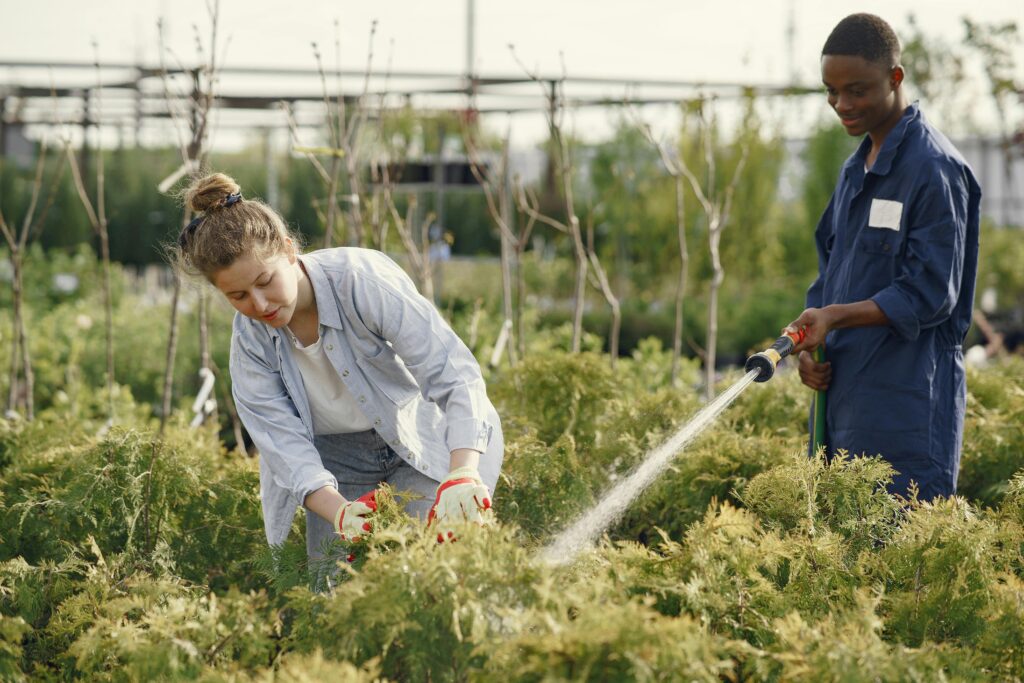
Deep watering encourages roots to grow downward, making plants more drought-resistant. Watering less often but thoroughly is better than shallow daily watering. It helps the soil retain moisture longer. Deep watering strengthens plant resilience.
Frequent shallow watering leads to weak roots and surface drying. A thorough soak reaches the root zone more effectively. Adjust watering depth based on soil type and plant species. This method improves garden health and water use.
Avoid Watering on Windy Days
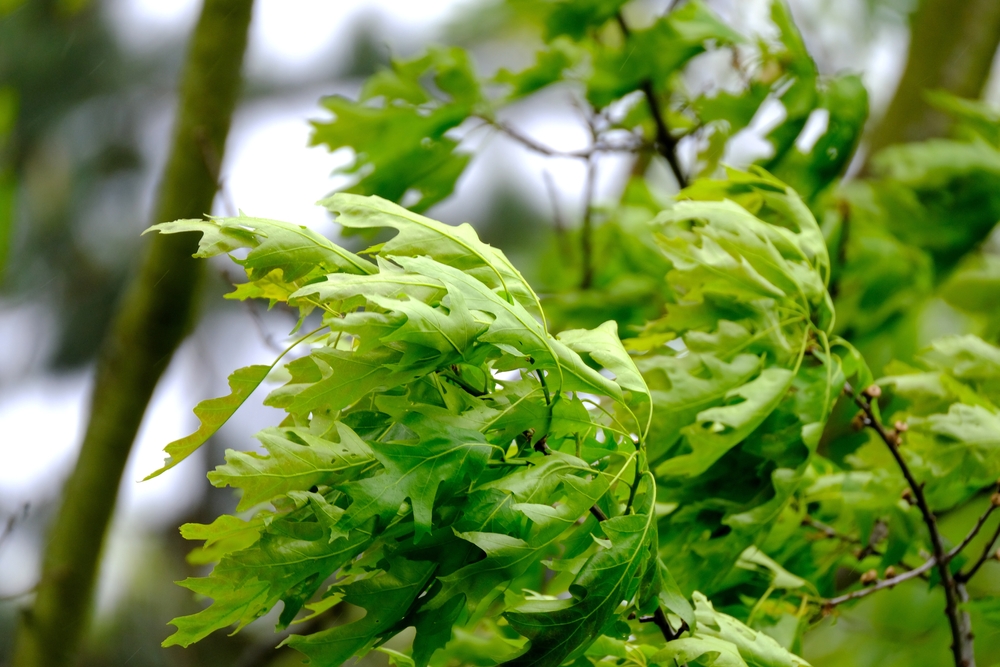
Wind increases evaporation and can blow water away from plants. Watering on calm days helps water reach the soil rather than drifting off. This saves water and keeps plants hydrated. Early morning or evening often has less wind.
Wind can also cause uneven watering and dry spots. Adjust watering schedules to avoid windy periods. Observing weather patterns improves watering efficiency. Choosing calm times reduces waste and stress on plants.
Use Mulch to Prevent Soil Crusting
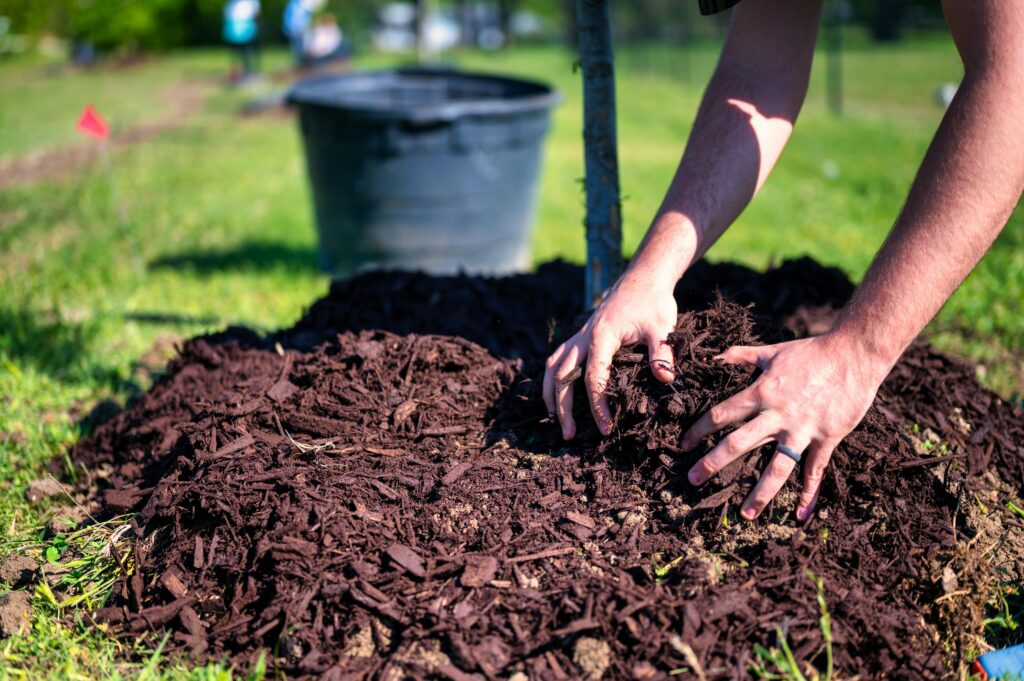
Soil crusting reduces water penetration and causes runoff. Mulch breaks the soil surface, allowing water to soak in easily. It protects the soil from direct sunlight and heavy rain impact. This improves water absorption and retention.
Crusting can cause uneven watering and wasted water. Mulching supports healthier roots and soil structure. Applying mulch around plants benefits water efficiency. Regular maintenance preserves these advantages.
Water in Small Amounts for New Plants

Newly planted seeds or transplants need gentle watering to avoid soil disturbance. Frequent small watering keeps moisture near the surface where roots are forming. It prevents seed washout or root damage. Proper care helps young plants establish well.
Once plants grow stronger, watering depth and frequency can increase. Avoid overwatering which can lead to rot. Consistent moisture supports healthy root development. Gentle watering encourages early growth success.
Choose Water-Efficient Plants
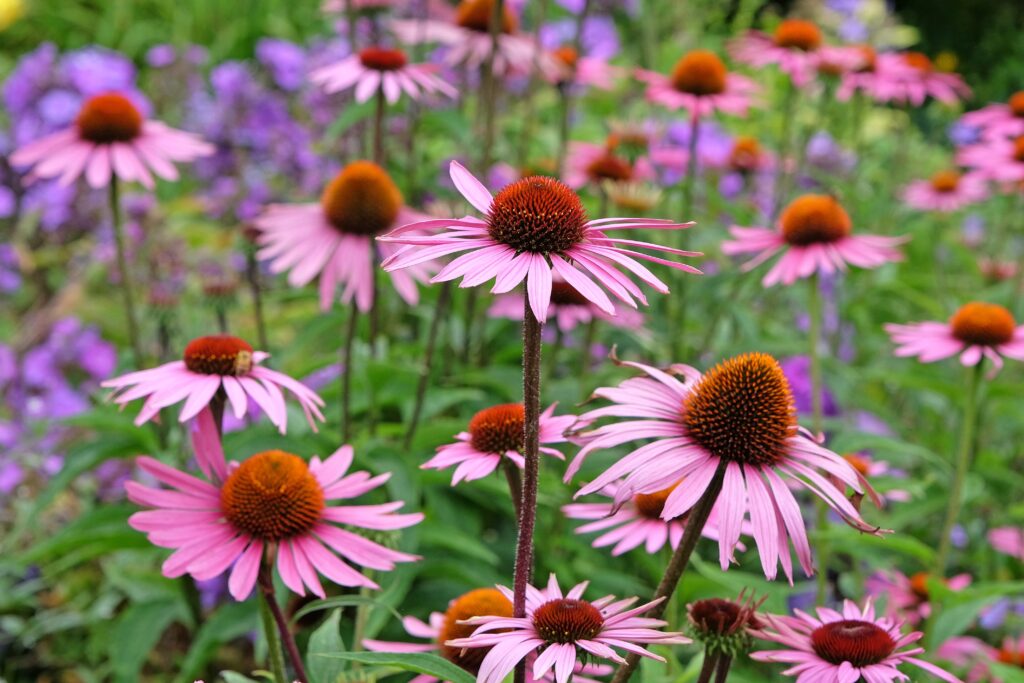
Selecting plants suited to your local climate reduces water needs. Native or drought-resistant varieties thrive with less irrigation. These plants often require less maintenance and survive dry spells better. They contribute to sustainable garden care.
Water-efficient plants help reduce overall water consumption. They adapt naturally to local conditions. Choosing the right plants eases watering demands. This strategy benefits both the garden and the environment.
Fix Leaks and Drips Promptly

Leaking hoses, faucets, or irrigation systems waste water and increase bills. Regularly inspecting equipment helps catch issues early. Fixing leaks prevents unnecessary water loss. Well-maintained systems operate more effectively.
Ignoring leaks can lead to significant water waste over time. Simple repairs often solve the problem quickly. Monitoring your watering setup saves money and resources. Attention to detail improves overall garden watering.
Use Timers for Consistent Watering
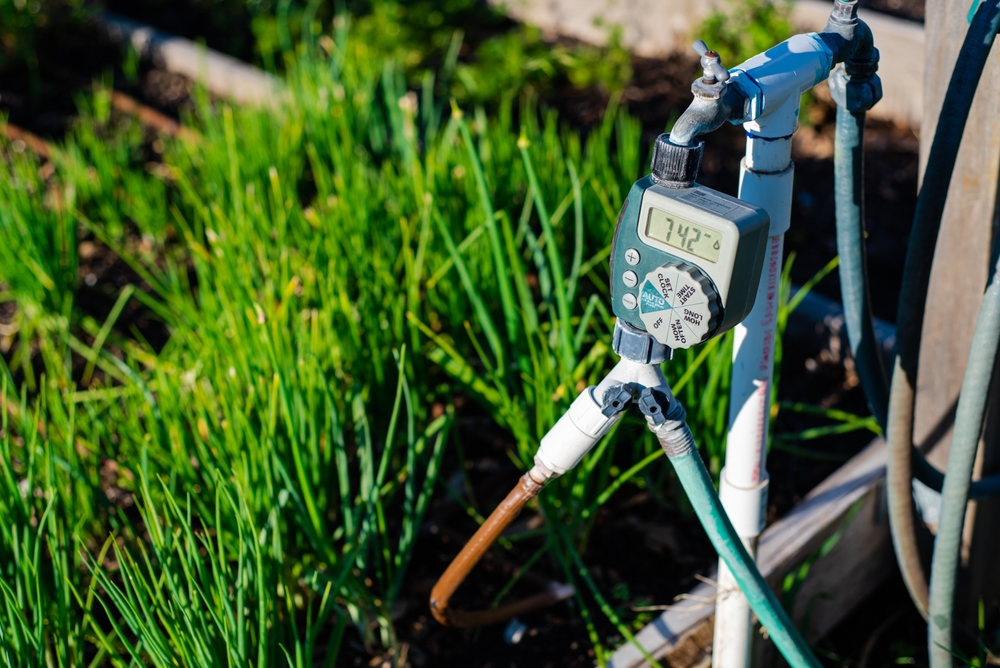
Timers help water gardens regularly without overdoing it. They allow setting specific durations and schedules. This is useful for maintaining steady moisture levels. Timers also save time and reduce guesswork.
Using timers prevents forgetting or excessive watering. They can be combined with drip or sprinkler systems. Setting appropriate times for watering improves efficiency. Automation helps keep the garden healthy and hydrated.
Adjust Watering Based on Weather
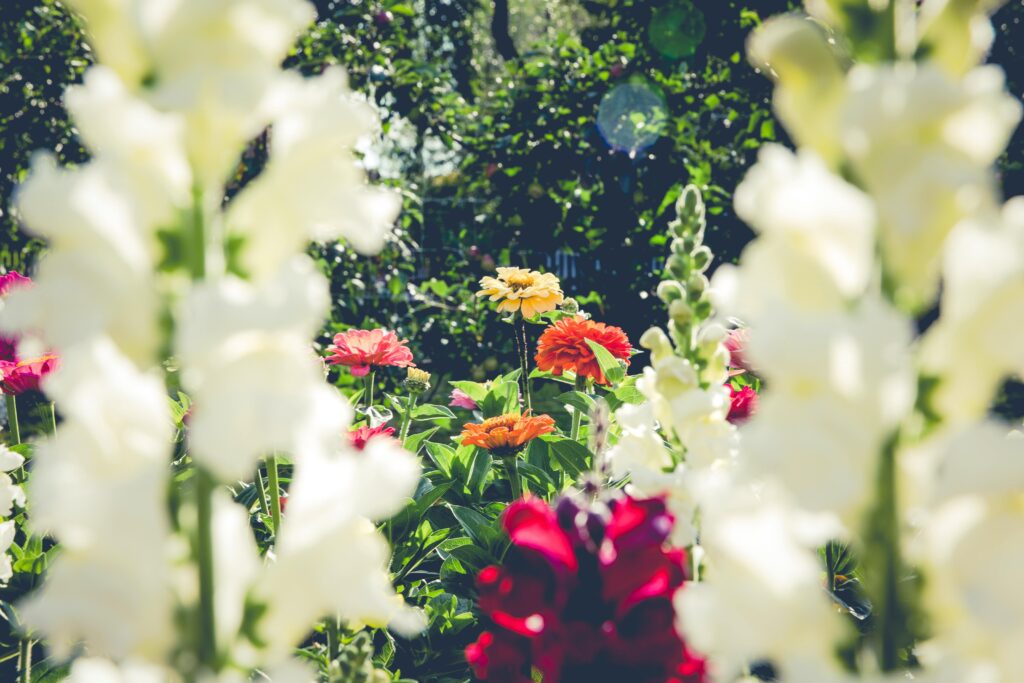
Adapting watering routines according to rainfall and temperature avoids waste. On rainy days, watering can be skipped or reduced. Hot, dry periods may require extra attention. Observing the weather keeps the garden balanced and water use sensible.
Seasonal changes affect plant water needs. Adjusting accordingly supports optimal growth. Being aware of conditions prevents over or underwatering. Weather-based watering helps protect both plants and resources.
Using effective watering methods supports a healthy and vibrant garden throughout the growing season. Paying attention to plant needs and environmental factors helps conserve water and promote growth. Consistent care and smart watering choices reduce waste and improve garden results. Adopting these tips can make gardening more enjoyable and resource-friendly.
This article originally appeared on Avocadu.
